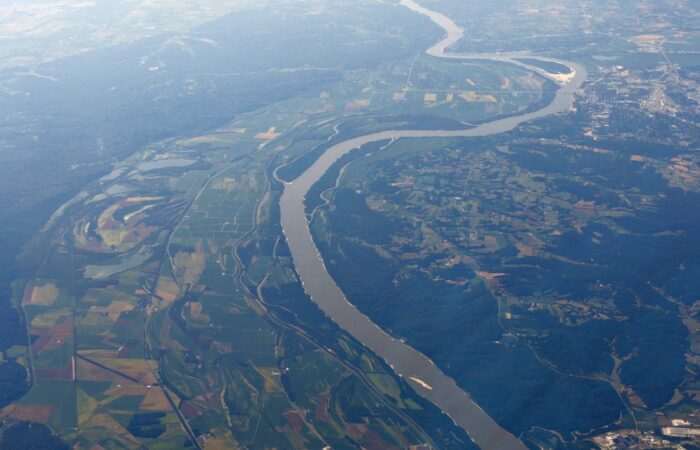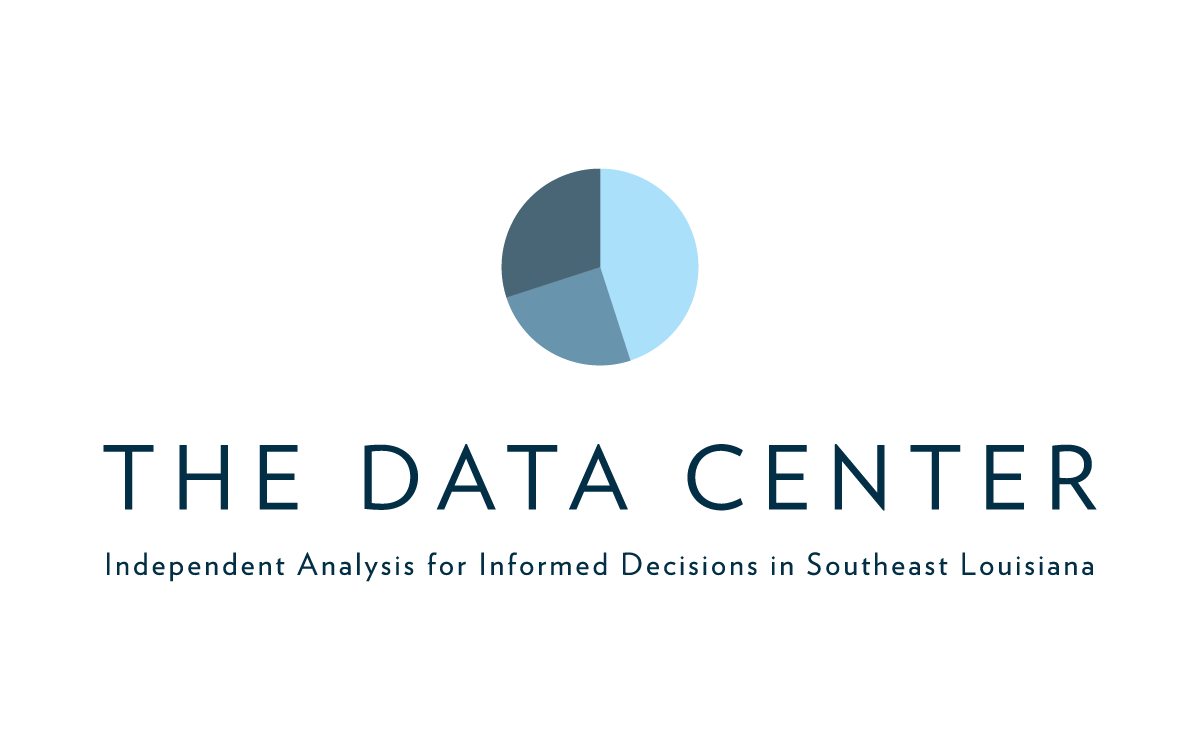
Toward an equitable blue-green economy in Southeast Louisiana
Published: Apr 05, 2022
Across Southeast Louisiana, investments are being made in coastal and water management and green infrastructure. Leaders have long recognized the potential for “water jobs” and “green jobs” to promote equity and diversify the economy while improving our relationship to the environment. Drawing from interviews with stakeholders who work locally on these issues, this report examines the alignment of economic development, environmental adaptation, and equity in Southeast Louisiana. Among other topics, it focuses on the water management economy’s evolution, challenges and opportunities to promote equity, and skills and other dimensions of economic transition, among other topics.
Introduction
At the federal level and in states and cities across the country, leaders are exploring how to connect job creation and equity goals with infrastructure improvement and climate change mitigation. These connections are especially relevant to Southeast Louisiana, where leaders have long understood the risks associated with coastal land loss and the need for adaptation and restoration. But Louisiana also has a very real opportunity to reduce social and economic inequality through massive coastal restoration, flood risk reduction, and climate mitigation projects.
This report examines the alignment of economic development, environmental adaptation, and equitable inclusion efforts in Southeast Louisiana. We focus on critical opportunities where environmental investments are being made: Mitigating flood risks and upgrading water infrastructure; protecting and restoring the coast; and reducing greenhouse gas emissions. Together, this “blue-green” economy offers the region a pathway to a more economically diverse and equitable future. The impending changes to Southeast Louisiana’s economy and its relationship with energy and water present both opportunities and risks. This report illustrates those opportunities and risks, providing analysis for reflecting upon the path of the emergent blue-green economy, informed by interviews with 30 people who work locally on these issues. We highlight their insights on regional advantages, obstacles to greater workforce inclusion, and examples of equitable practices, among other topics. The interview data is supplemented with quantitative data on employment to assess skill demands and the current level of inclusion in blue-green economy.



